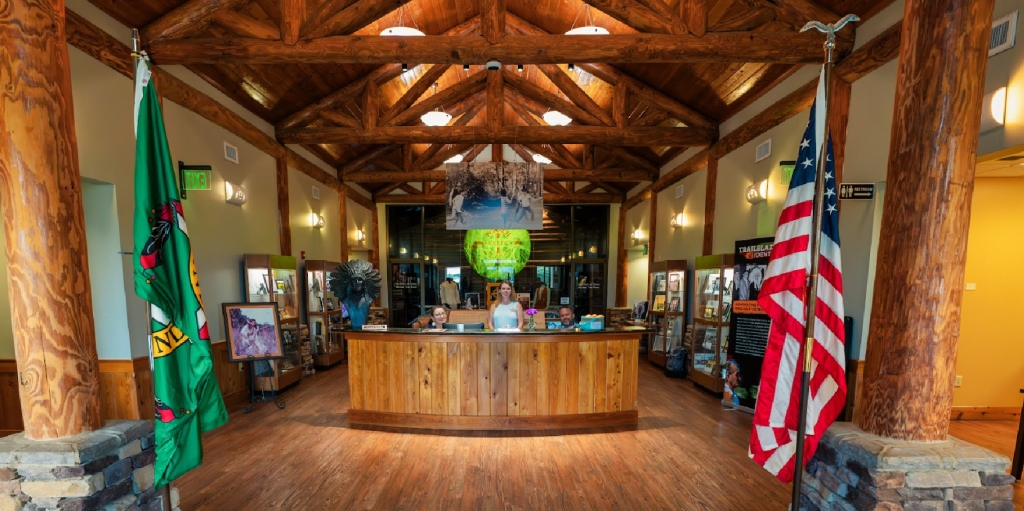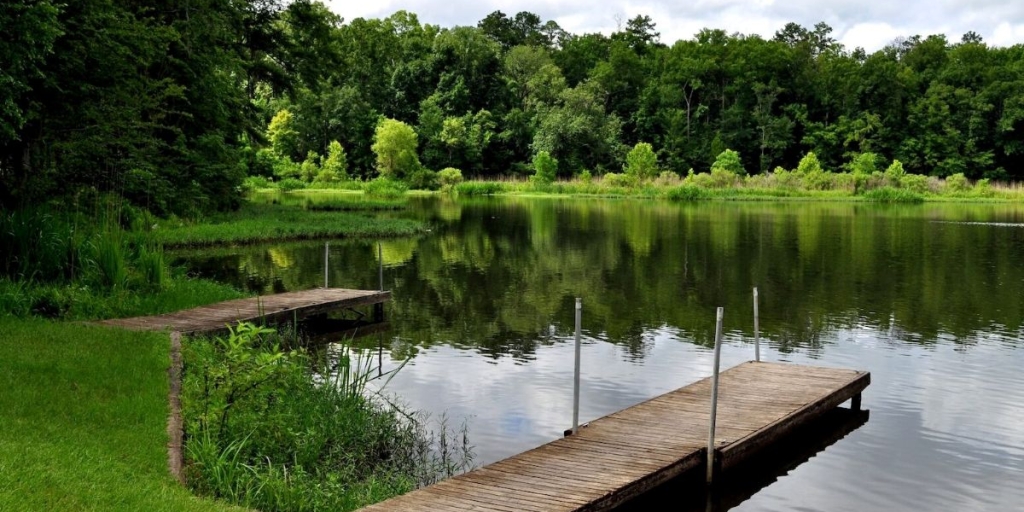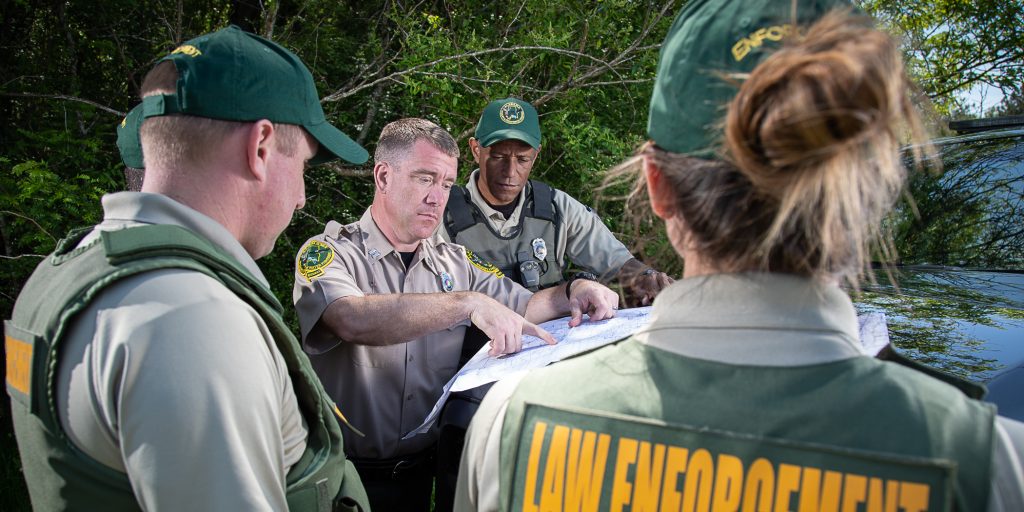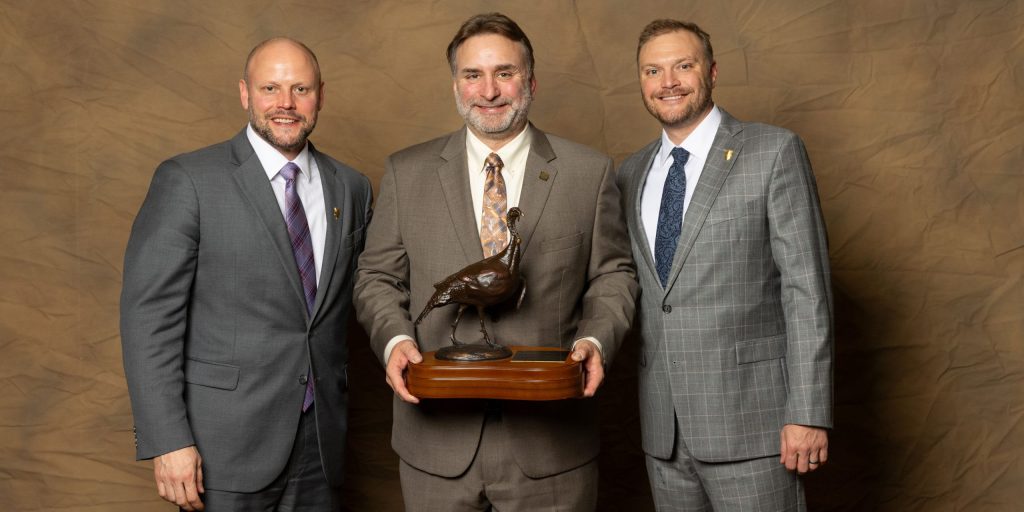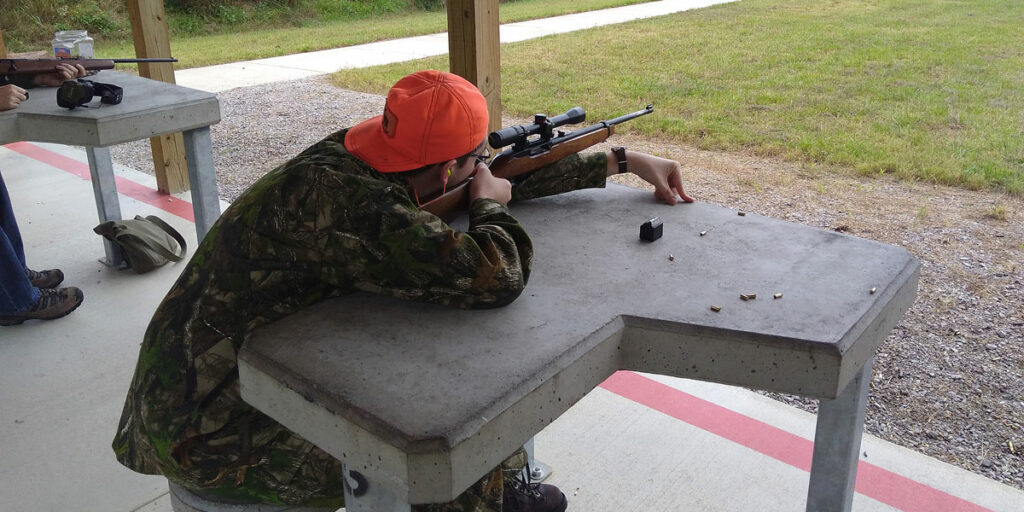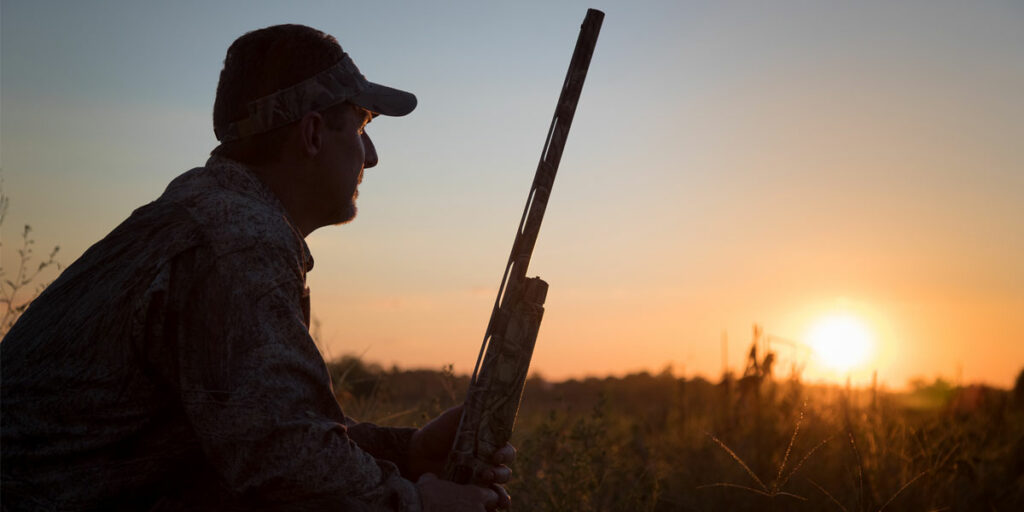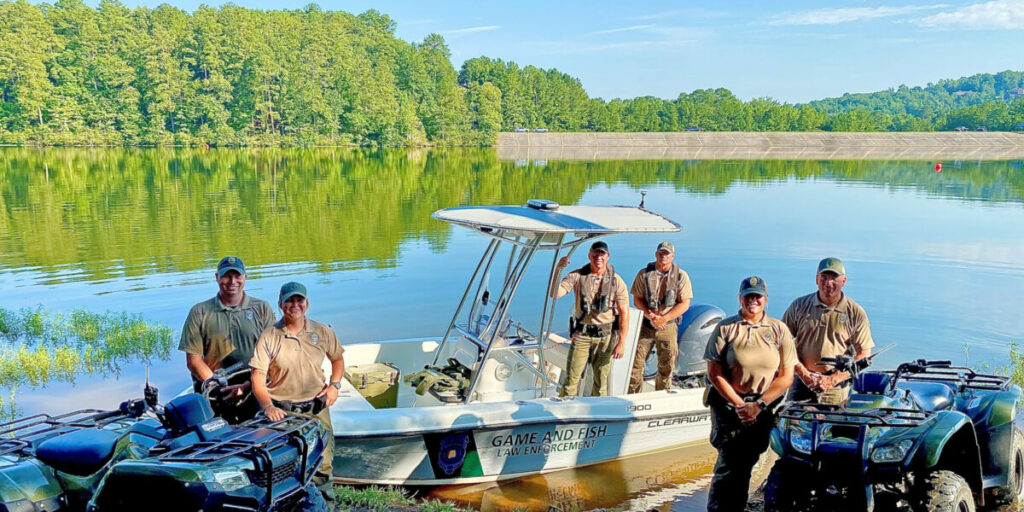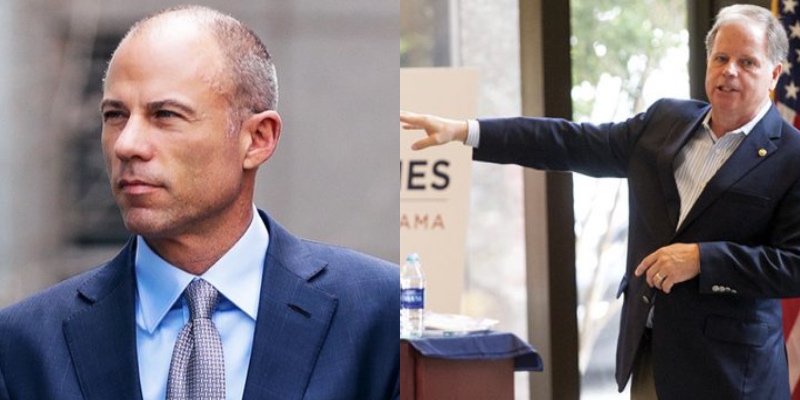During the Alabama Wildlife and Freshwater Fisheries (WFF) Division’s media tour of Portland Landing, the newest Special Opportunity Area (SOA), a flood of memories rushed over me as we wound through the Alabama River bottomlands and nearby rolling hills last week.
As the members of the media got their first look at this prime hunting real estate, which was recently purchased in a joint effort between WFF and the Forever Wild program, I got a reminder of how important this piece of property was to my outdoors adventures as well as to the promotion of hunting in Alabama and Mossy Oak camouflage.
I didn’t hunt the property when it was the Hit and Miss Hunting Club. My visits to Portland Landing came in the 1990s when Mossy Oak held a lease and filmed many an episode of outdoors TV at the property situated northeast of Camden. Suffice to say, those hunting trips with Lannie Wallace and Cuz Strickland at Portland Landing remain some of the most cherished experiences of my outdoors career.
Chuck Sykes, WFF Director, had a similar experience with Portland Landing during his media and wildlife consulting days.
“I hunted it back in the day too,” Sykes said. “I knew the significance of that part of the world and what it had to offer game-wise. And just the history of it. There’s been a hunting club or hunting operation there as long as I’ve been hunting in the state of Alabama. It’s some of the best land in the state, some of the best dirt, some of the best genetics. It’s just one of those special places.”
Currently, Portland Landing SOA is about 5,000 acres with an additional 4,000 acres that will be added for the 2019 season.
“Portland was about 12,000 to 14,000 acres in its heyday,” Sykes said. “The goal is to put the whole place back together as much as we can. This is the best of the best. There is no way, five years ago, that I would have imagined that we would be able to purchase this property and to provide it to people for the cost of an Alabama hunting license and Wildlife Management Area license.”
Sykes said the habitat diversity for Alabama’s game species is about as good as it gets in the state. The diversity runs from creek bottoms to river frontage to upland hardwood stands, mixed pine-hardwood stands and cedar glades native to the Black Belt prairie.
“Portland has everything you could imagine habitat-wise when it comes to growing wildlife,” he said.
Sykes said he knows there will be criticism for not opening Portland Landing for general public hunts, but he said the property is not large enough to handle that much hunting activity.
“This place is perfect for the SOA system,” he said. “The person who gets drawn and one other hunting partner will have 300 to 500 acres as their own hunting area. That way we can keep it low pressure. Everybody gets a good experience.”
As almost everyone who has been hunting for a while knows, the number of hunting licenses sold annually continues to dwindle. Last year, about 167,000 hunting licenses were sold in Alabama. Hunters under the age of 16 or over 65 are not required to buy a license. A landowner hunting on his own land is not required to buy a hunting license.
The R3 National Plan is an effort at recruitment, retention and reactivation of hunters. Sykes said the SOA hunts and Adult Mentored Hunting (AMH) Program hunts are aimed at that outreach.
“If we can’t figure out a way to move the needle in a positive direction by adding new license buyers to the hunting fold, the future of wildlife conservation efforts doesn’t look promising,” Sykes said. “So, we are looking into non-traditional markets for our new R3 efforts. Our Adult Mentored Hunting Program targets people from 19 to 60. By going after this audience, they have made up their minds they want to hunt. We’re going to a different market. We have to think outside the box.
“In the past, most recruitment programs focused on kids. Our research has found that many youth participants don’t have a support system through family members or friends that allows them to continue to hunt, and, therefore, we haven’t created a new hunter. We are not suspending our youth programs, but we are focusing all new efforts on the adult segment of the population. We are extremely optimistic that the AMH Program will provide us an exceptional return on our investment by creating new consumptive wildlife users and license buyers.”
Sykes said new hunters may not have the same motivations as experienced hunters.
“We were ahead of the curve,” he said. “We hunters have been eating free-range, farm-fresh, organic for a long time, when it wasn’t fashionable. Now there are a lot of people who want to do that.”
Sykes added, “We decided to try this as a pilot program. Honestly, it was the best thing we’ve done for our staff. They actually had people tell them, ‘Thank you,’ who meant it. All our participants had a good time. We tried our best to give them a crash course in hunting over a weekend in a hunting-camp environment, like what made us hunters growing up.”
Sykes said one participant drove all the way to Alabama from Orlando, Fla., to take part in an AMH Program deer hunt and a squirrel hunt because she wanted to be able to pass the experience on to her children.
Todd Prater of ALEX-FM radio in Selma, who was at last week’s media event with representatives from all four divisions of the Alabama Department of Conservation and Natural Resources, brought his 79-year-old father to one of the hunts last season.
“One of the things I love about it is now my kids want to learn how to hunt,” Prater said. “Now that I have learned, I can pass it on and create new hunters for the future.”
Sykes gave an example of how eye-opening the SOA and Adult Mentored Hunting Program events were for the staff, himself included.
“I sat in a blind one afternoon with a gentleman about my age, in his mid-40s, who works for the University of Alabama in their merchandising department,” Sykes said. “I asked him why he applied. He said, ‘Everybody I work with hunts. I wanted to be able to talk to them about it.’ That’s pretty scary. We have people around us all the time we work with, we go to church with, we go to kids’ events with that are just waiting to be asked to go hunting.
“That was a big wake-up call for us. We feel this program is going to pay off.”
Another plus at the new SOA is the old lodge at Portland, which has been refurbished to make it comfortable for those who are lucky enough to get drawn for an Adult Mentored Hunt.
“The lodge itself will be utilized as headquarters for our Adult Mentored Hunting Program,” Sykes said. “This is another significant part of the puzzle for our AMH Program hunts.”
Portland will accommodate 8 to 10 people per SOA hunt or Adult Mentored Hunt.
Applications for the Adult Mentored Hunts are ongoing. Visit this link for more information. Deer hunts for the 2018 SOA hunts have been drawn, but hunts for small game and turkeys are still available. Go to this link to apply for one of the SOA hunts.
Hopefully, those lucky enough to be drawn for one of the hunts will make memories that are special, like mine.
I’ll never forget watching Lannie race flat-out through the Portland Landing swamp, chasing a turkey he thought I had wounded. In fact, a tree shielded him from seeing the gobbler I had in my sights. As Lannie was chasing the low-flying turkey, his buddy was flopping on the ground. The impressive part was that Lannie almost caught that fleeing gobbler. The story would have become legend if he had.
David Rainer is an award-winning writer who has covered Alabama’s great outdoors for 25 years. The former outdoors editor at the Mobile Press-Register, he writes for Outdoor Alabama, the website of the Alabama Department of Conservation and Natural Resources.





